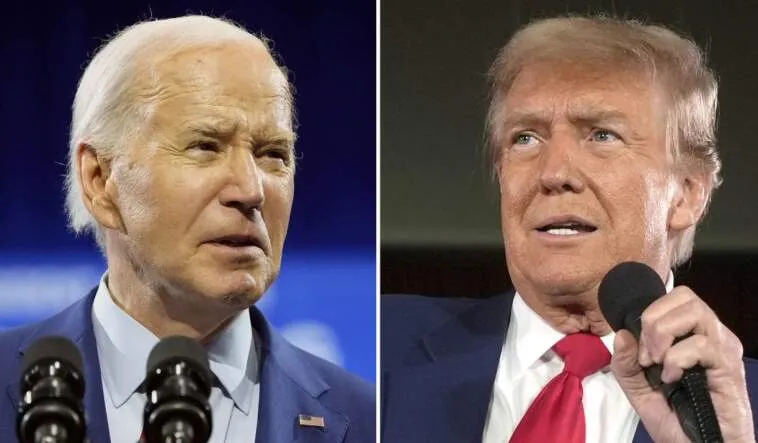(PJ Media) There are two key things we have at our disposal to assess the state of a presidential election. The first, of course, is match-up polling. The second is approval ratings. Even when an incumbent isn’t seeking reelection, the approval ratings of the incumbent party are still informative.
If you’re following the approval and match-up polls at all this campaign, you know two things: Joe Biden isn’t very popular, and Donald Trump is leading in most of the battleground states. Considering these two factors alone — and there are plenty more that suggest Trump is favored to win — things look darn good for President Trump in November.
Except, according to FiveThirtyEight, Biden is more likely to win than Trump.
I want to shout out everyone who worked on this for the past 3 months. This was truly a team effort, with beautiful designs from our interactive team, meticulous fact-checking from our copy team, and a huge data collection effort by our research team. https://t.co/jo3N13xW1r pic.twitter.com/Qju92VRVPS
— Nathaniel Rakich (@baseballot) June 11, 2024
Technically, Nathaniel Rakich, the senior editor and senior elections analyst at FiveThirtyEight, calls it a toss-up, but, as the graphic he posts shows, out of the 100 simulations FiveThirtyEight ran, Biden won 53 times, and Trump just 47 times. In a separate post on X, he insists that FiveThirtyEight’s model is based on polls and fundamentals.
How is that possible? A day earlier, Rakich noted that Joe Biden’s approval ratings hit an all-time low in FiveThirtyEight’s average.
Joe Biden’s approval rating has hit 37.4% in 538’s average—an all-time low. https://t.co/sF8buXFup9 pic.twitter.com/lZcLTxOOw2
— Nathaniel Rakich (@baseballot) June 10, 2024
“Historically, all incumbents with an approval rating of 50% or higher have won reelection, and presidents with approval ratings much lower than 50% have lost,” noted Jeffrey Jones of Gallup four years ago. For the mathematically challenged among us, 37.4% is well below that 50% threshold.
According to a Tuesday article that accompanied the forecast, one of the fundamentals incorporated into FiveThirtyEight’s modeling is economic factors. “To forecast the election, we rely primarily on polls asking voters whom they support. However, our forecast also incorporates various economic and political indicators that aren’t related to polling but can be used to make rough predictions for the election,” the release says.







